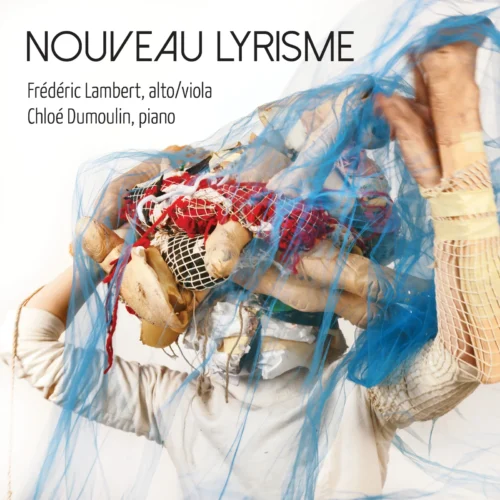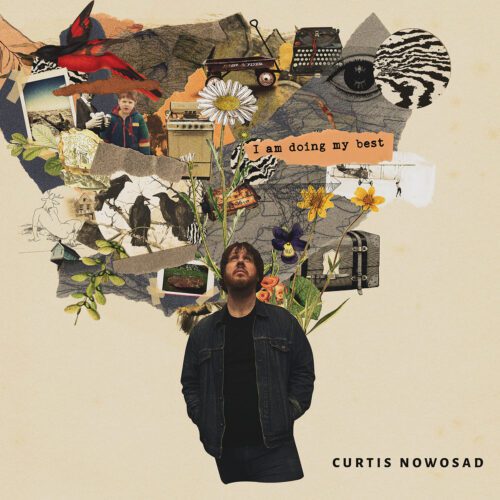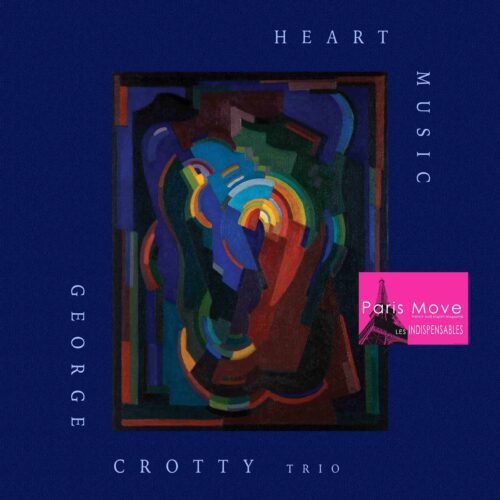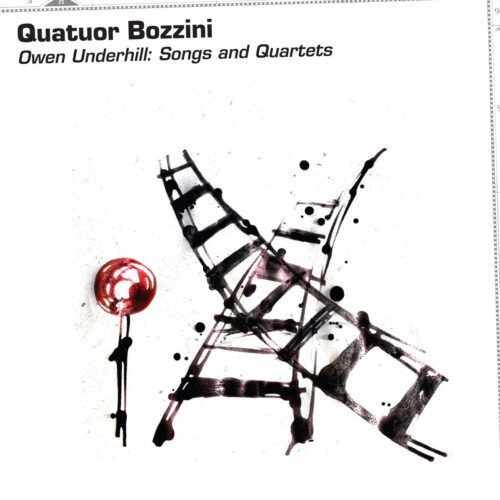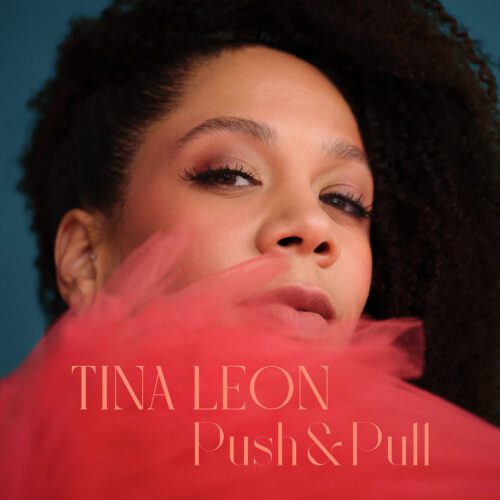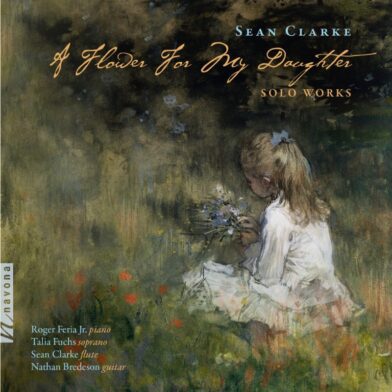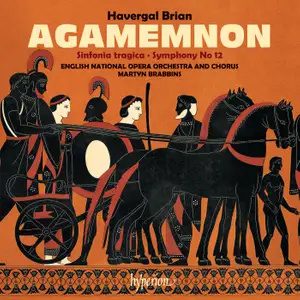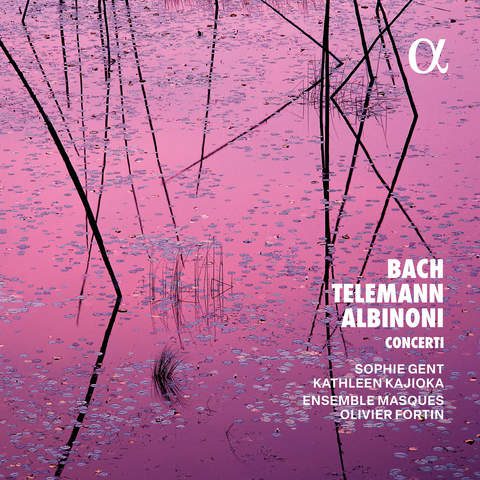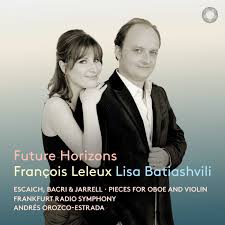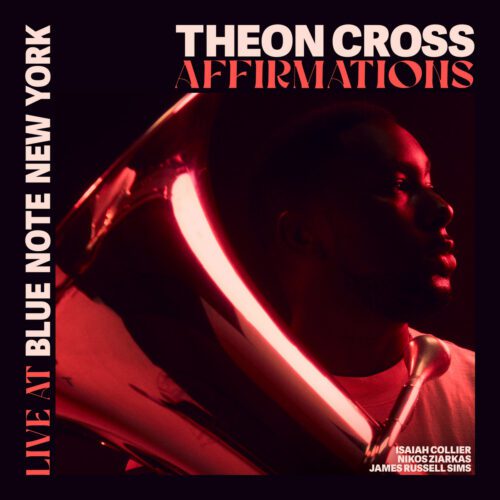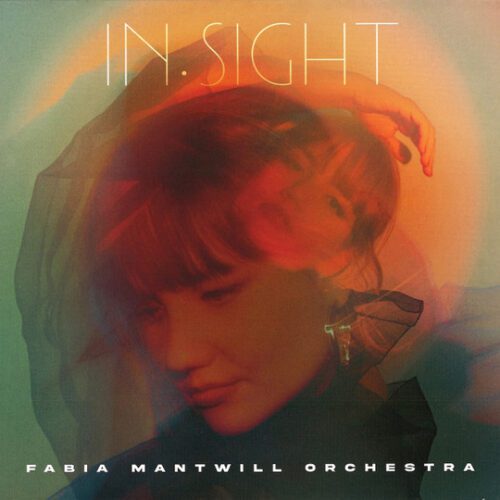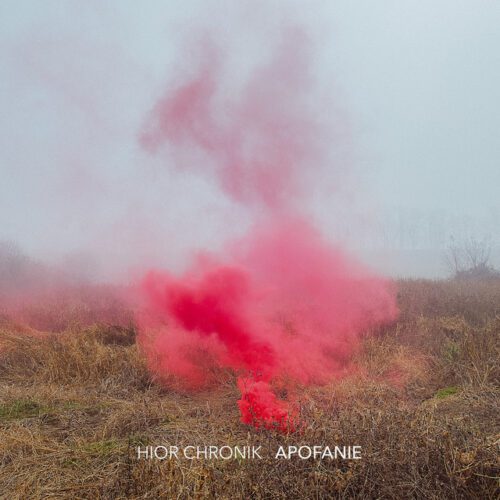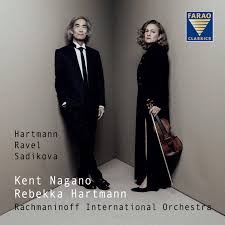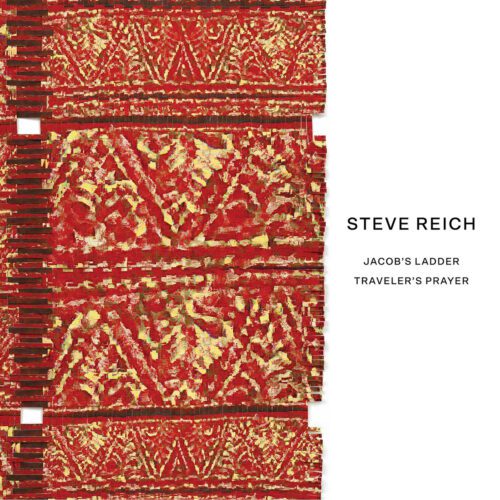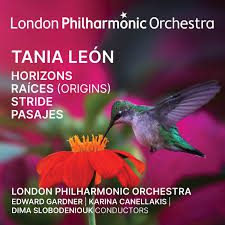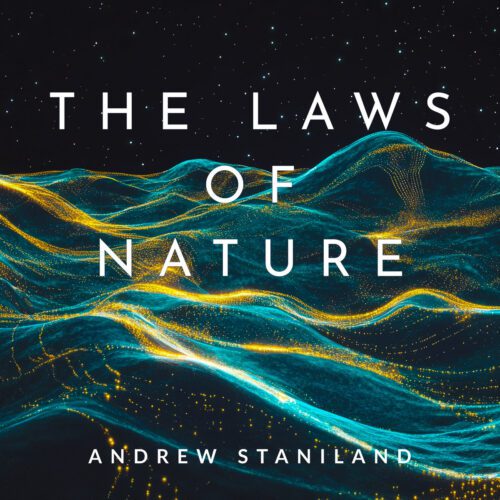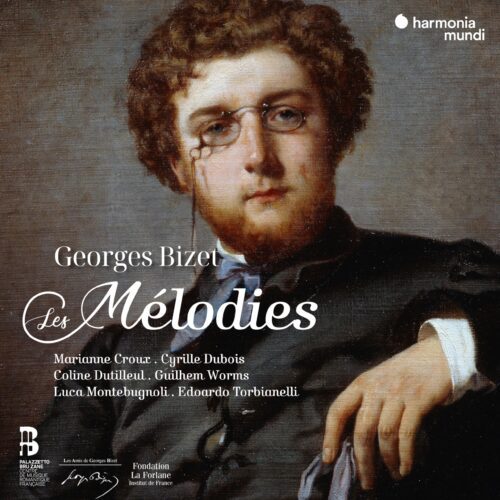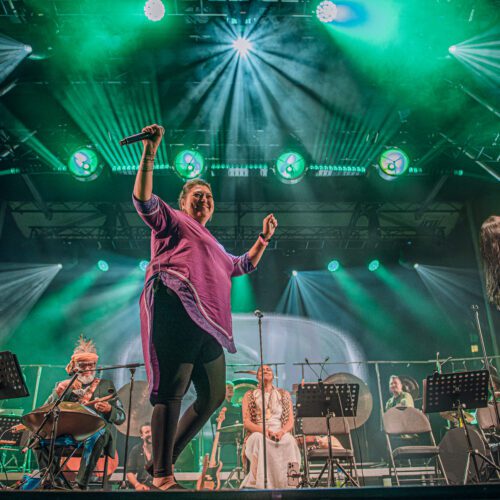Contemporary “accessible” music is gaining momentum, and the term lyrical to describe it may have a broad interpretation, but it’s ultimately a good thing because it leaves plenty of room for creativity. This album, beautifully interpreted by two solid chamber music performers, the violist Frédéric Lambert and the pianist Chloé Dumoulin, traverses a wide panorama of new scholarly music that aims to be “lyrical,” another term for melodic and tonal. The first works on the program are less convincing in their ‘’novelty’’ claim, as they are written exactly as Robert Schumann/Johannes Brahms (in the case of Trois poèmes by Jeanne Landry and Romance by Alain Payette), Debussy, Max Bruch, or Shostakovich (the Sonata Op. 37 by Michel R. Edward) might have done, and thus resemble pastiches more than truly creative works (they are nevertheless very beautiful, it must be acknowledged, and I am certain that Robert, Claude, and Dmitri would have been pleased if they had written them).
It is with the rest of the program that the term “New Lyricism” really makes sense. Alto-Neptune by Denis Gougeon, excerpted from his Six Solar Themes, strongly marks his affiliation with a late 20th-century aesthetic, while opting for melodic clarity and an expanded, dark, yet focused tonality. Gougeon is one of the most stimulating artists of modern Quebec, and he is not played enough yet. The Quebecer of Mexican origin, Alejandra Odgers, for her part, is one of the strongest voices of the younger generation. We hear her here in a piece of strong character, with emphatic rhythms and full of motoric energy, Discusión (Discussion) from 1998. Let’s just say the conversation between the viola and the piano is quite agitated!
Finally, Julie Thériault’s Nocturne boréal is the newest piece on the album (it dates from 2025) and my favorite on the record (along with Gougeon’s, I would say). It certainly begins with an elegant first part, in the form of a melancholic elegy, in the style of the 19th century, but gradually, repeated motifs indicate the transition from Impressionism to the minimalist school, and the shift from the initial harmony to a tighter chromaticism testifies to the atonal adventure, but without truly embracing it. It ends in the initial atmosphere, but with colors that would not have been so easily permitted in another era. I love it.
The inventive quality of the works on the program is uneven, but the good moments are strong enough to overcome any hesitations. And the performance of the two musicians is impeccable.
